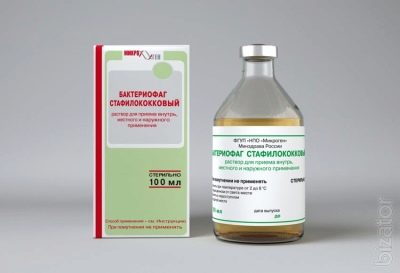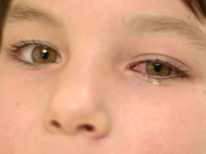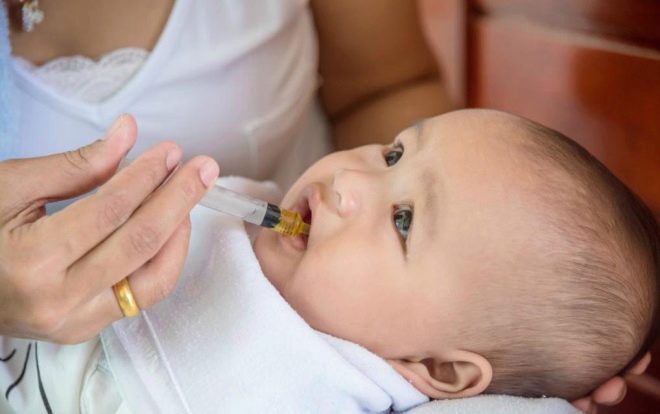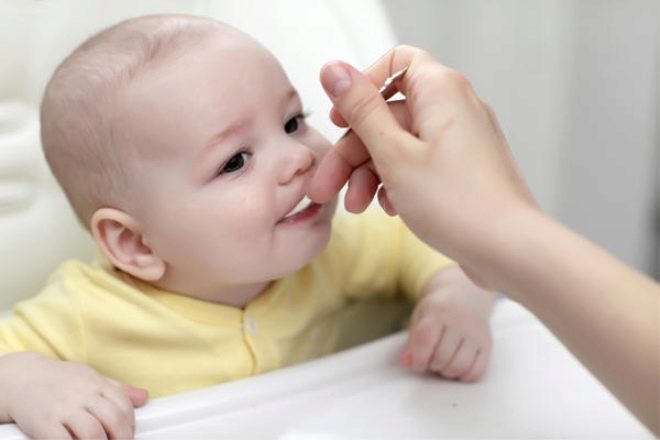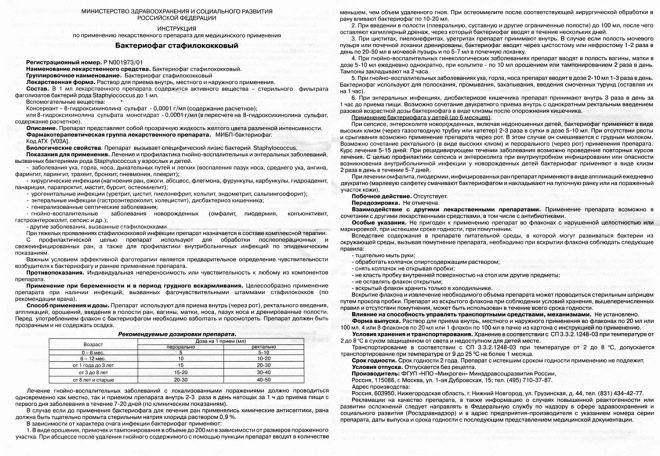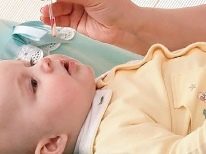Staphylococcal bacteriophage for children: instructions for use
In addition to antibiotics, specific agents based on viruses capable of killing certain microorganisms are also used in the fight against harmful bacteria. Such viruses are called bacteriophages, and drugs that are made with their help, effectively affect the causative agents of infection and are resolved in childhood.
One of the most common means of this group is Staphylococcal bacteriophage. It is often prescribed for purulent diseases, if the examination showed the presence of staphylococci.
Release form and composition
"Staphylococcal bacteriophage" is a product of the famous Russian pharmaceutical company Microgen, which also produces other bacteriophages, vaccines and other immunobiological agents.
The drug is released only in liquid form, so it is represented by a yellow transparent liquid. It can be either taken inside or used for external processing. The solution is poured into 20 ml in glass vials, which are sold in 4 or 8 pieces in one pack. Also sold separately are 100-ml vials of "Staphylococcal bacteriophage."
The main ingredient of the drug has the same name and is a sterile filtrate containing microbes of the genus Staphylococcus that have been destroyed by bacteriophages. The preparation contains a preservative, which is 8-hydroxyquinoline sulfate. This is the only auxiliary compound, there are no other chemical additives in the medicine.
The principle of operation and indications
Once in the patient's body, "Staphylococcal bacteriophage" affects bacteria of the genus Staphylococcus. The drug destroys them through lysis, and it does not affect other microbial cells. This allows you to apply the solution for purulent diseases caused by staphylococcal infection. The tool is prescribed for:
- runny nose, tonsillitis, otitis, sinusitis and other diseases that treat ENT doctors;
- bronchitis, pleurisy, tracheitis and other diseases of the respiratory system;
- suppurations of burns and rashes, boils, abscesses, inflamed wounds, felon, hydroadenitis and other surgical infections;
- intestinal dysbiosis;
- cystitis and other urogenital diseases of a bacterial nature;
- conjunctivitis, pyoderma, inflammation of the umbilical wound and other purulent diseases in infants;
- cholecystitis and gastroenterocolitis caused by staphylococcus.
The solution can also be used for prophylaxis, for example, for treating a wound or postoperative suture. At the same time, “Staphylococcal bacteriophage” should be used only after determining the sensitivity to such a medicine.
From what age is prescribed?
"Staphylococcal bacteriophage" is safe for children from birth, so it can be administered even to a newborn baby or baby younger than a year. The child's age must be taken into account when selecting the desired dosage of the solution.
Contraindications
The drug is not used only in patients with hypersensitivity to its ingredients. It also should not be used for infections that are caused not by staphylococcus, but by other bacteria.
Side effects
Any negative symptoms during the use of bacteriophage are not observed.
Instructions for use
Before starting treatment with “Staphylococcal bacteriophage”, it is necessary to check whether the liquid is completely clear and whether there is any sediment in it.
When cloudy, use of the medicine is prohibited So that the solution does not deteriorate, it is collected through a sterile needle from a syringe, and the hands and cap of the vial are rubbed with alcohol.
You can use Staphylococcal bacteriophage in several ways.
- Give the little patient a drink. Such use is required for dysbacteriosis, pyelonephritis and other infections. The dosage of the solution is determined by the patient's age and can range from 5 ml for the baby of the first months of life to 30 ml for a child over 8 years old. Bacteriophage is taken 2-3 times a day about an hour before meals. For infants it is allowed to mix the solution with my mother's milk.
- Administer the drug rectally. This method is used for enterocolitis, sepsis and other infections. It is in demand in children with vomiting or regurgitation. The dose of the drug depends on the age and can be from 5 to 50 ml, for example, from 6 to 40 ml of the solution is injected into the rectum of a 6-year-old child (the exact table with doses can be seen in the paper instructions).
- Use for treating wounds. You can irrigate the damaged areas with medication or make lotions with bacteriophage. Surgeons can inject the drug into the articular, pleural, or other cavities.
- To drip into the nose or gargle. In addition, bacteriophage can be used for washing the ear and nose. The drug is used in an amount of from 2 to 10 ml from 1 to 3 times a day. Sometimes the drug is moistened turunda and enter them into the nasal cavity or in the ear for 1 hour.
The duration of the treatment solution depends on the evidence and usually ranges from 7 to 20 days.
Dose overdose and drug compatibility
Cases of overdose "Staphylococcal bacteriophage" to date has not been. The solution can be used with antibiotics and any other drugs. But if the drug irrigates the wound, which was treated with an antiseptic, then before using the bacteriophage, it should be washed with sterile saline.
Terms of sale
"Staphylococcal bacteriophage" refers to non-prescription drugs, but consultation with a doctor is advisable before use in children.
The average price of 4 bottles of 20 ml of solution is 750 rubles.
Storage
It is necessary to keep a bottle with a medical solution at home in a refrigerator, and so that the child cannot get the drug, it should be put on the top shelf. Shelf life - 2 years. If the liquid inside the bottle does not become cloudy, it is acceptable to store the bacteriophage until the date marked on the package.
Reviews
On the use of "Staphylococcal bacteriophage" in children there are many positive reviews, in which the tool is called effective and praised for the possibility of treating children of any age. Side effects, according to parents, such a solution does not cause, and allergy to it is extremely rare.
Its main disadvantages are the need to store in the refrigerator, not too pleasant taste and high cost.
Analogs
If you need to replace the solution with a similar drug, you can use "Enteri bacteriophage, Which also contains staphylococcus phagolysates. However, this tool also contains other destroyed microbes, among which are salmonella, pseudomonads, shigella, proteus and E. coli.
Such a medicine is also represented by a yellowish solution approved for children from birth.
On the action of bacteriophages, see the following video.



